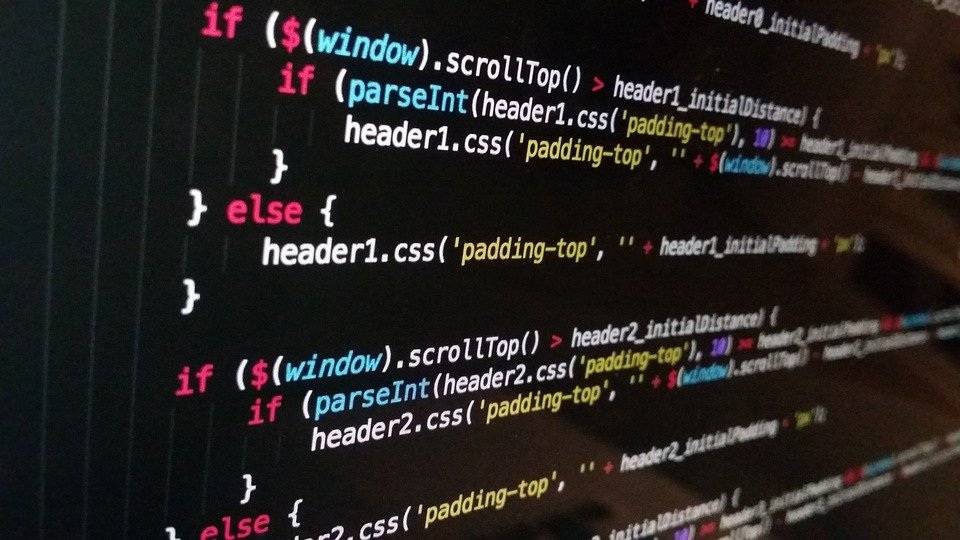From Ghost Followers to Engagement Bots: The Dark Side of Social Media Technology
In an era where social media has become a powerful tool for personal branding, marketing, and communication, the darker side of this digital landscape has begun to surface. As social networks expand and evolve, so do the tactics utilized by users and marketers that undermine the authenticity of social engagement. Among these tactics are ghost followers and engagement bots, both of which pose significant challenges to genuine interaction and trust on platforms designed for connection.
Ghost Followers: The Illusion of Popularity
Ghost followers are inactive or fake accounts that follow a user but do not engage with their content. These accounts can be created by real users who abandon their profiles, or they can be completely fabricated, existing solely to inflate follower counts. Brands, influencers, and regular users alike often fall into the trap of chasing large follower numbers as a metric of success. However, the presence of ghost followers can skew engagement metrics, leading to an unrealistic portrayal of popularity and influence.
The prevalence of ghost followers is particularly concerning for businesses that invest in influencer marketing. When a high-profile influencer has a significant number of ghost followers, the marketing campaigns they lead may not yield the desired results. Brands may find themselves pouring resources into partnerships with individuals whose actual audience engagement is minimal, rendering their investment ineffective.
Engagement Bots: The Automation Dilemma
While ghost followers misrepresent a user’s actual popularity, engagement bots take manipulation a step further. These automated programs are designed to like, comment, or follow content on behalf of a user, often in a bid to enhance visibility and engagement rates artificially. For example, an account might use bots to engage with hundreds of posts each day, seeking attention through algorithmic tricks rather than organic interactions.
The use of engagement bots can create a false environment where content appears more popular than it truly is, leading to a cycle of fabricated validation. This manipulation not only misleads advertisers and potential collaborators but also distorts the sense of community among users. Genuine connection gives way to a landscape cluttered with automation, where real conversations are drowned out by algorithms.
The Impact on Authenticity
The unchecked rise of ghost followers and engagement bots contributes to a growing skepticism surrounding social media interactions. Users begin to question the legitimacy of content they encounter, unsure if metrics reflect real engagement or if they have been artificially inflated. As trust erodes, the value of social media as a communication tool diminishes.
Furthermore, the reliance on inauthentic metrics can lead to a toxic culture where success is equated with numbers rather than quality interactions. This culture can foster unhealthy behaviors, as users prioritize gaining followers and likes over building meaningful relationships and authentic content creation. The quest for an inflated social media presence may lead to burnout and dissatisfaction, pushing users to continually chase after an elusive validation that technology has made all too superficial.
The Regulatory Landscape
Recognizing the damaging impact of ghost followers and engagement bots, social media platforms are beginning to implement stricter regulations and detection algorithms to address these issues. Twitter, Instagram, and other major platforms have taken steps to remove fake accounts, ban the use of bots, and improve transparency around follower metrics. However, the fast-paced evolution of technology often outstrips these measures, leaving a gap for exploitation.
For users and marketers, navigating this landscape requires a renewed focus on authenticity. Building genuine relationships and engaging with true followers fosters a more sustainable form of presence online. As social media becomes increasingly commercialized, distinguishing between real and artificial interactions will be crucial for maintaining the integrity of personal and brand narratives.
Conclusion
As social media continues to shape communication and marketing in unprecedented ways, the emergence of ghost followers and engagement bots highlights the vulnerabilities within these platforms. While technology can amplify voices and create opportunities, it also poses risks that threaten the essence of genuine interaction. By fostering an environment focused on authenticity and open dialogue, users can reclaim social media as a space for real connection, steering clear of the pitfalls created by the darker side of social media technology. As we move forward in this digital age, prioritizing authenticity over artificiality will be key to ensuring a healthier, more engaging social landscape for all.




